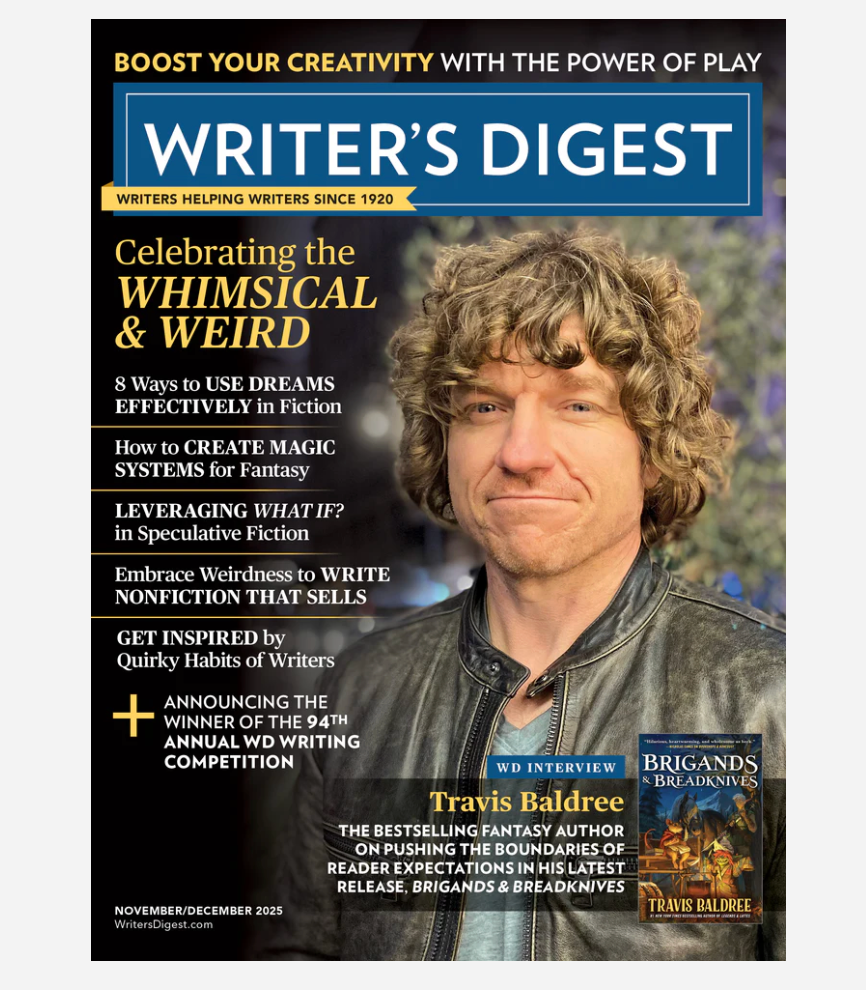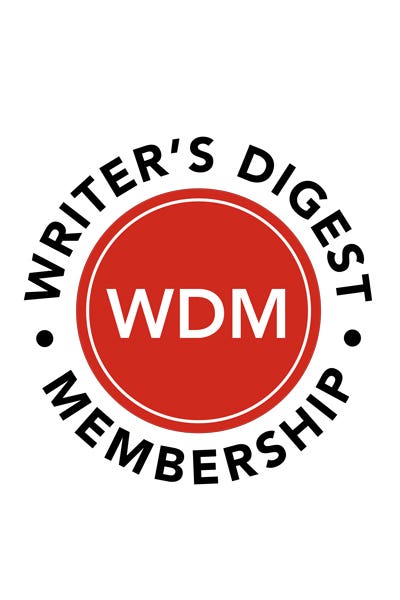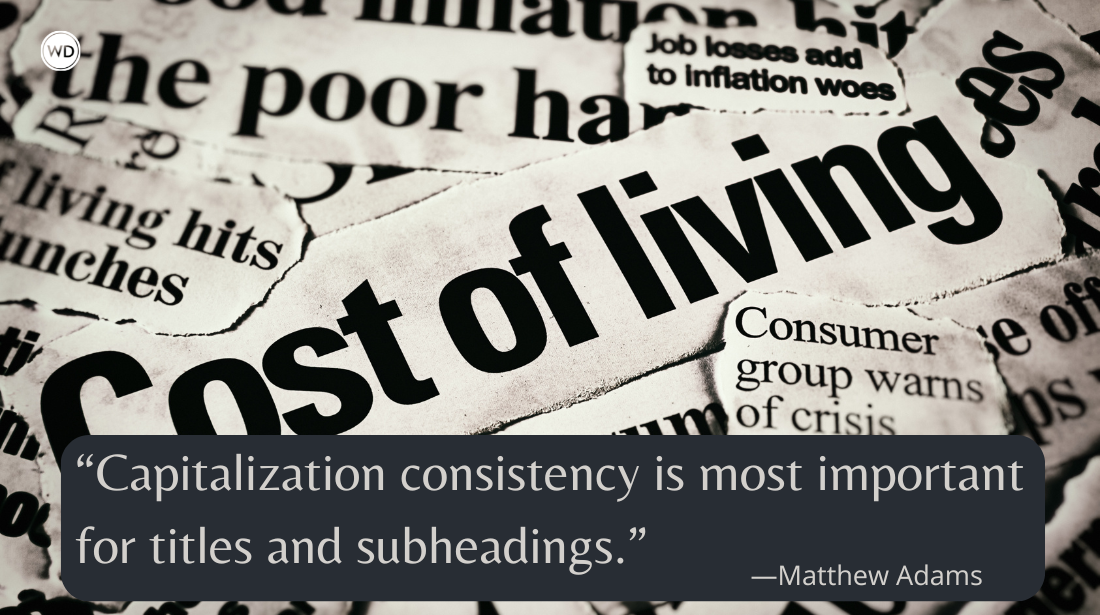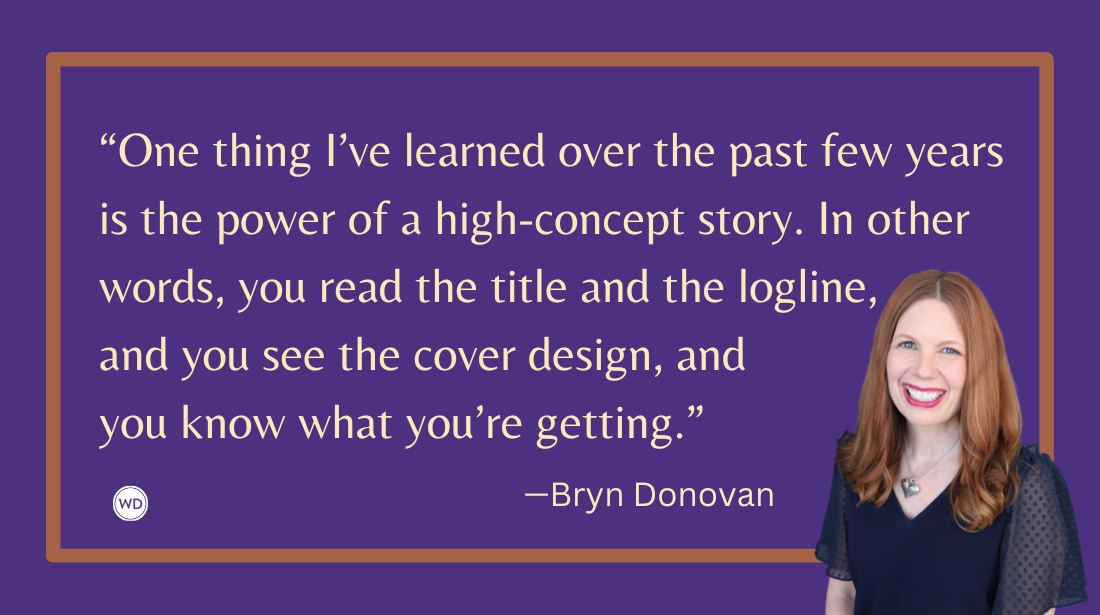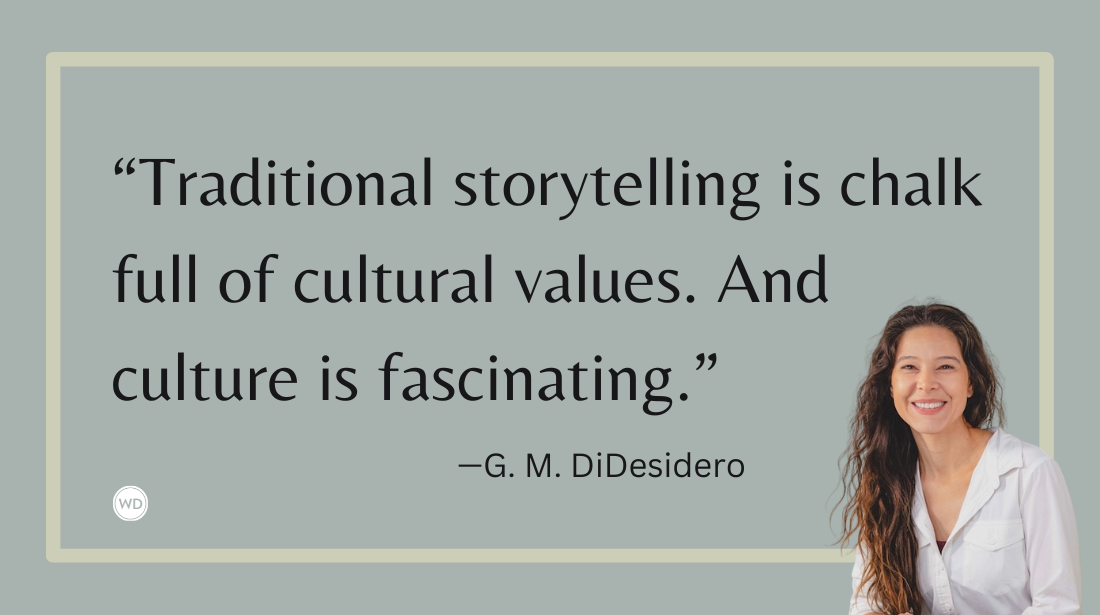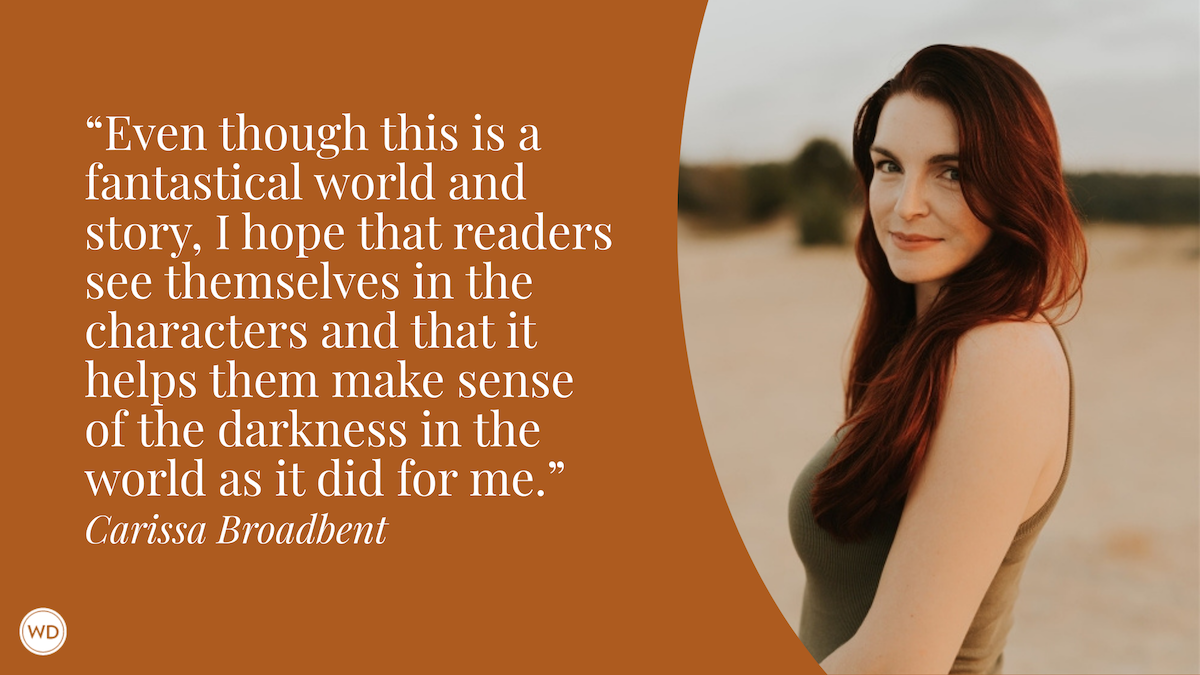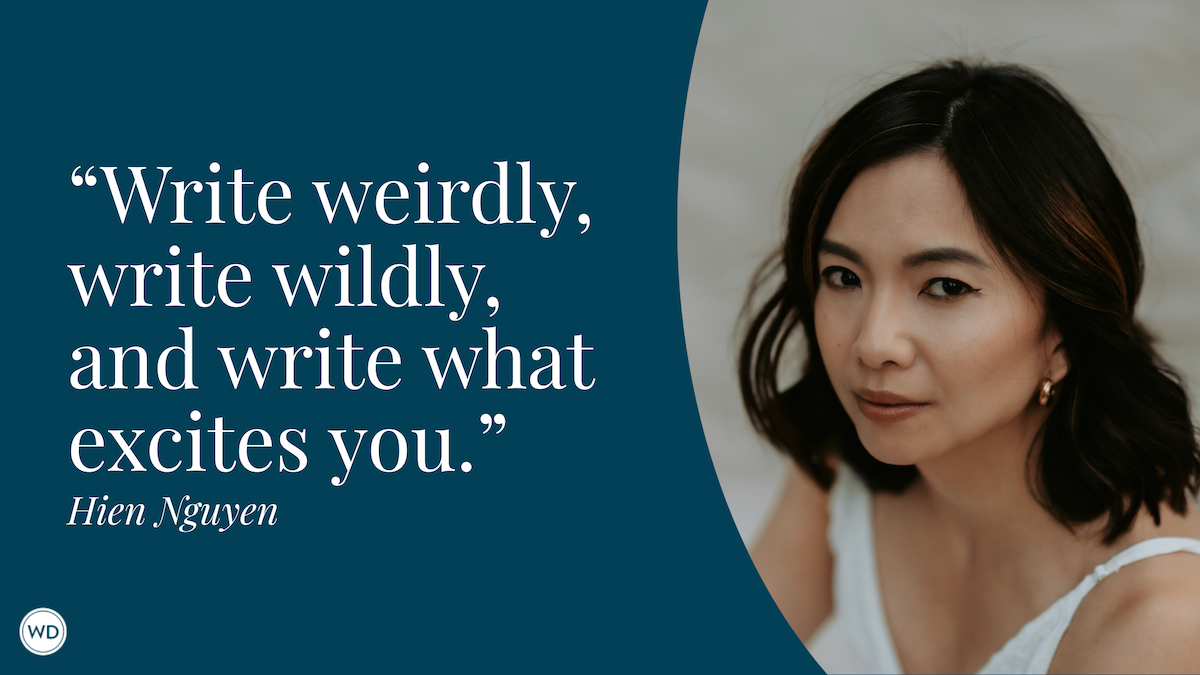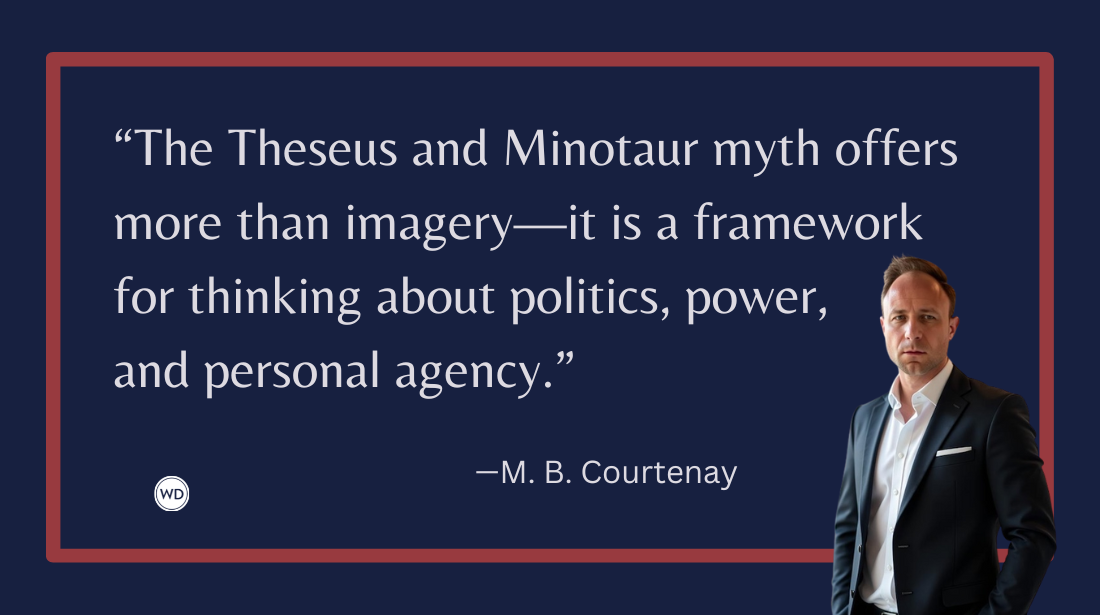Writing a Love Triangle That Even the Haters Will Love
Author Andrea Max shares how to write a love triangle that even the haters will love, including the anatomy of one.
Love triangles get a bad reputation—often deserved, sometimes not. But when done well, they can be one of the most emotionally satisfying dynamics in fiction. They tap into something elemental: desire, power, uncertainty, and the question at the heart of all coming-of-age stories, “Who am I becoming, and who do I want by my side when I get there?”
Why do love triangles get such a bad rap anyway?
Because too many love triangles flatten into formulas. One love interest is clearly superior. The other is a cardboard obstacle. The emotional stakes feel forced, and readers resent being dragged through a triangle that feels like a delay tactic instead of a meaningful choice.
But if you understand why love triangles work—and how to elevate the structure—you can write one that even triangle skeptics will dog-ear, debate, and pine over.
In my debut YA fantasy, The Art of Exile, I wrote the kind of love triangle that has always been my favorite to read. The kind that leaves readers unsure of who they want the protagonist to end up with, that will lead to factions among fans, that will challenge friendships. And I must have done something right, because I’ve gotten quite a few responses from readers saying things like, “I usually hate love triangles, but this one? This one worked.”
So what makes a love triangle work? We can answer that by understanding why they keep drawing us in despite their messy reputation.
Why We’re Drawn to Love Triangles in the First Place
The love triangle is, at its core, a fantasy of abundance. Not just of attention or affection, but of possibility. It gives your character—and your reader—permission to explore a forbidden or uncertain part of themselves without committing too soon. It’s desire stretched across a tightrope: the thrill of temptation without immediate payoff, the ache of being seen in two opposite ways.
There’s something inherently transgressive about love triangles. The character is almost always betraying someone emotionally. There’s a teasing polyamorous undercurrent, even in stories that resolve monogamously. It’s messy, but safely so. For readers, it’s a way to tap into complexity and conflict without real-world consequences.
The love triangle is more than just a romantic subplot. At its best, it gives your protagonist space to explore longing, morality, and identity, all while keeping tension taut. The second you resolve romantic tension in a story, you have to work ten times harder to sustain momentum. But a well-structured triangle? It builds tension constantly. You can delay the payoff without dragging it out. You can deepen the stakes while keeping things volatile.
And all that emotional danger? That’s what makes it addictive.
So how do we do it right?
The Anatomy of a Great Love Triangle
1. Both love interests must be viable but not perfect.
In real life, no one is perfect. A triangle gives your protagonist the illusion of choice, but each option should highlight a different core truth. One might reflect safety and shared values; the other, passion and challenge. The best triangles aren’t about who’s right, they’re about who reveals the most about your main character.
If one option is clearly the “right” choice, it’s not a triangle, it’s a delay.
In The Art of Exile, my protagonist is caught between two bad ideas. One is her mentor—older than her, emotionally generous but boundary-impaired, someone who brings out her ideals but maybe not her healthiest instincts. The other is a classmate who starts off as her enemy: arrogant, promiscuous, and cruel—but their magical chemistry and forced proximity start to erode both of their walls, making her question her ideals and examine her instincts.
Neither is the perfect answer. And that’s the point. Because…
2. The triangle is about the protagonist, not the prize.
Don’t write two love interests and ask, “Who will the character choose?” Instead, ask, “Who is the character when they’re with each person?” A great triangle reveals your protagonist’s flaws, fears, and growth. It externalizes their internal conflict. The triangle becomes a metaphor for their emotional crossroads.
3. Chemistry matters, but conflict matters more.
A triangle isn’t a true triangle unless each connection offers friction. Your characters need to disagree. To challenge each other’s worldview. To strip away layers.
Don’t just give them spark. Give them conflict. Let each love interest challenge something core about the protagonist—whether it’s their values, their beliefs, or their sense of self. The triangle should tug them in two directions, each uncomfortable in a different way.
A well-written triangle builds constant tension. It doesn’t just delay the kiss, it deepens the emotional stakes. A good triangle isn’t a distraction from the plot. It is the plot, refracted through intimacy.
In my book, the protagonist’s morals are at odds with both of her love interests in completely opposite ways, but that tension is what forces them all to change. A good triangle doesn’t just tease romance; it accelerates transformation.
4. The love interests should be foils of each other.
If one is charming, make the other cutting. If one is emotionally available, make the other mysterious. Let each option offer a different kind of vulnerability, and let your protagonist discover who they are in each dynamic.
From Jane Eyre choosing between Rochester and St. John, to Katniss Everdeen juggling Gale and Peeta, to Elena Gilbert’s struggle between the Salvatore brothers—the classics have become the classics by making the triangle about more than romance. It’s about identity. It’s about the internal tug-of-war that plays out through the character’s interactions with two completely opposite characters.
In The Art of Exile, my protagonist’s love interests aren’t just opposites, they reflect the split in her own identity. One offers connection through shared ideals; the other, through raw, challenging intensity. Neither is more right than the other, but their contrasts help her recognize what kind of decisions she’s finally ready to make outside of her romantic relationships.
5. Let the reader flip-flop.
The most satisfying triangles are the ones that split your audience down the middle. Every time one love interest wins your reader over, make the other do something irresistible. Or awful. Or unexpectedly kind. This is what makes a triangle unforgettable. One chapter, they’re Team A. The next, they’re screaming for Team B. They should feel conflicted. Make the reader agonize. That’s what keeps them reading. They should see the flaws and the beauty in both. The emotional whiplash is the point.
When It’s Done Right
Even if you’re writing for readers who roll their eyes at love triangles, you can win them over if you avoid the obvious choice, ground the triangle in genuine emotional stakes, and let it be messy. Let it feel real.
The goal isn’t to write a fairytale. It’s to capture the chaos of longing, of feeling two different versions of yourself being pulled in opposite directions.
Love triangles work because they reflect a universal truth: in life, we’re often torn between the familiar and the risky. The safe path and the thrilling one. The person who makes us feel seen, and the one who makes us feel changed.
Writing a love triangle that honors that complexity—where the question isn’t “Who will they choose?” but “What will this choice reveal about them?”—can turn even the most ardent triangle-haters into fully invested stay-up-for-just-one-more-chapter readers.


